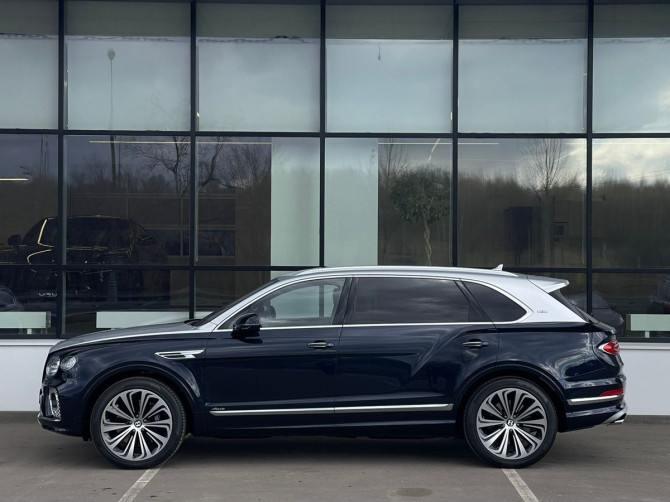Buying a mileage luxury car is always a call for the buyer. On the one hand, you get a premium class at a more affordable price, on the other hand, you risk encountering unexpected defects and hidden expenses. In order for the acquisition to take place without surprises, it is important to know how to correctly assess the condition and history of the car. Below are the key stages that will help make a reasonable choice.
1. External inspection and body
- Spectacular coating check: Inspect the car in daylight, pay attention to various shades, scratches, chips and traces of coloring.
- Deformations and gaps: Compare the gaps between the details of the body. Unevenness may indicate restoration work after an accident.
- Corrosion: Make sure there are no traces of rust on the arches of the wheels, thresholds and bottom. Even minor "points" of corrosion can grow rapidly.
- The state of glasses and optics: Cracks and cloudings of the headlights affect not only the appearance, but also the safety of driving.
2. Interior and quality of the finish
- Materials: Assess the condition of the skin, alcantara or other premium upholstery. Check the presence of faded or cracked areas.
- Electronics and options: Test a multimedia system, climate control, heating/ventilation of seats, electric drives of mirrors and seats.
- Wear of the chairs and the helm: Strong wear of the steering wheel and a driver's seat with a slight run may indicate a “twisted” odometer.
- The aromas in the cabin: A specific dry cleaning smell or strong perfume can hide traces of fire, mold or other problems.
3. Technical part and engine
- Launching the motor: The engine should start "from the place", without extraneous sounds. Pay attention to the smoke at the start.
- Level and color of oil: Dark or foaming oil will indicate problems with the cooling system or component wear.
- Technical fluids: Check the coolant, brake fluid and steering hydraulic power steering - everything should be at the right level and not contaminated.
- Test drive: The most important stage. Evaluate the smoothness of the move, the work of the transmission, the presence of vibrations or extraneous noise when switching speeds.
4. History of service and documents
- Service book and checks: The availability of a full package of regular service documents is the best indicator of the responsible appeal of the previous owners.
- Mileage: Compare the specified mileage with the condition of the cabin and body parts. Too small mileage with worn elements causes suspicion.
- Base check: Make sure there are no accidents, collaterals or restrictions. A pure story is the key to calm during operation.
- Dealer guarantees: Some brands provide an expanded guarantee for certain nodes and assemblies. Specify the conditions and the remaining term.
5. Expert diagnostics
Even with an ideal visual inspection and service stories, you should not neglect professionals:
- Computer diagnostics: It will identify hidden errors in the engine control units, gearbox, ABS and other systems.
- Diagnostics of the suspension and chassis: The specialist will be able to assess the condition of shock absorbers, ball supports and steering rods.
- Checking the geometry of the body: Special equipment will show whether there are distortions or hidden deformations.
6. Comparison with market offers
Before buying, collect information on similar models in the markets. Consider:
- Year of release and modification;
- Setting and options of options;
- Actual run and service history;
- The price range taking into account the region.
Conclusions and recommendations
Assessment of a used luxury car requires an integrated approach and attention to details. Following the above points, you will minimize the risks of acquiring a “problematic” copy and provide yourself with comfortable and safe operation. If you are not confident in your own abilities, contact an independent expert - this is a small investment compared to possible costs to eliminate hidden defects.


